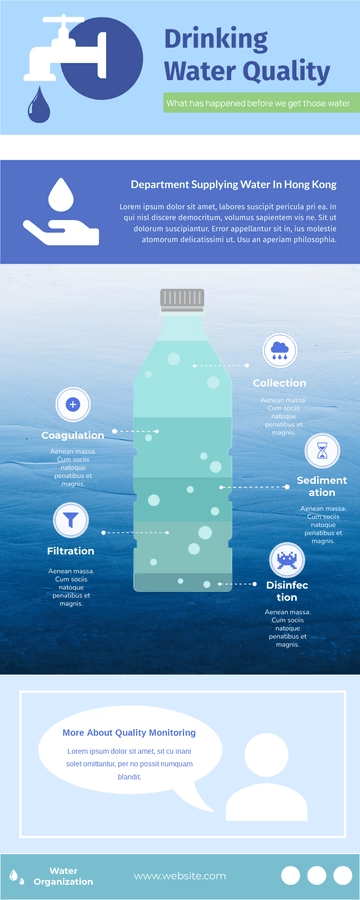Maintaining optimal water quality in swim ponds is crucial for ensuring a safe and enjoyable environment. Pond owners frequently face the challenges of managing water parameters such as pH, turbidity, chlorine levels, and temperature. Traditional monitoring methods can be labor-intensive, but recent advancements in sensor technology, particularly the integration of Internet of Things (IoT) systems, have provided innovative solutions to enhance water quality monitoring. This article discusses the latest developments in sensor technologies, the effectiveness of IoT in managing swim pond conditions, and how these innovations can offer long-term benefits to environmental enthusiasts and pond owners.
Understanding how to optimize swim pond quality requires a grasp of the parameters that influence health and the technologies that facilitate efficient monitoring. As interest in sustainable living increases, so does the demand for effective and eco-friendly methods in pond management. Innovative sensor technologies not only enable continuous monitoring but also offer real-time data analytics, making it easier to maintain water standards while enhancing the ecosystem services that ponds provide.
By exploring this topic, readers will gain insights into how to ensure their swim ponds remain healthy, the advantages offered by advanced monitoring technologies, and the overall importance of maintaining balanced aquatic ecosystems.
Why Is Water Quality Essential for Your Swim Pond?
Maintaining water quality in swim ponds is vital for both user safety and the health of the entire pond ecosystem. Factors such as pH, turbidity, chlorine levels, and temperature significantly influence living conditions within the pond.
Poor water quality can lead to numerous problems, such as harmful algal blooms and the proliferation of pathogens, which can compromise swimming safety. These negative impacts extend beyond aesthetics; they disrupt the natural habitat of aquatic flora and fauna, resulting in imbalances within the ecosystem.
To keep swim ponds safe and enjoyable, it is crucial for owners to consistently monitor these key water quality parameters. Ideally, pH levels should fall between 7.0 and 8.0 for safe swimming conditions. Turbidity should be minimized, as high turbidity can block sunlight and impede the growth of beneficial aquatic plants. Moreover, maintaining appropriate chlorine levels is essential to inhibit harmful microorganisms.
Effective monitoring technologies can simplify the task of maintaining these parameters. By employing automated systems, owners can receive alerts and make adjustments as necessary, ensuring the health of their swim ponds.
Infographic showing key water quality parameters and their impacts on swim pond health (Source: Visual Paradigm).
Discover the Latest Innovations in Sensor Technology
Recent advancements in sensor technology have transformed how swim pond owners monitor water quality. One noteworthy innovation is the development of miniaturized multiparameter sensors, which measure various parameters such as pH, chlorine, temperature, and turbidity simultaneously using a single compact device. This miniaturization enhances effectiveness while reducing intrusiveness.
In addition to multiparameter sensors, improved optical sensors now deliver high precision in measuring turbidity and chlorophyll levels through advanced light scattering techniques. This improvement facilitates early detection of changes in water clarity, which is vital for swimming safety and the pond’s aesthetic appeal.
Furthermore, nanomaterial-based sensors represent a significant step forward in water quality monitoring. Using advanced materials like graphene, these sensors can detect trace amounts of harmful contaminants, providing real-time updates on freshwater quality.
The integration of IoT technology has led to the creation of smart sensor networks, allowing for comprehensive water quality data collection across multiple locations within a pond. These sensors communicate wirelessly, enabling rapid responses to any emerging issues.
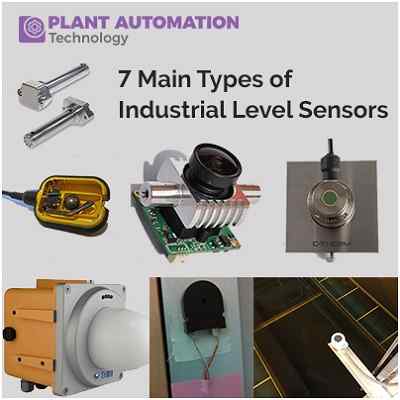
Image presenting different types of water quality sensors commonly used in environmental monitoring (Source: Plant Automation Technology).
How IoT Is Revolutionizing Swim Pond Management
IoT technology is fundamentally changing traditional pond maintenance methods by introducing real-time monitoring and management capabilities. Advanced sensor systems are designed to collect water quality data and transmit it wirelessly to mobile devices or cloud-based applications, allowing for effective condition control.
For example, devices such as the iopool EcO sensor provide frequent updates on key water parameters, streamlining data access for swim pond owners. This immediacy allows for informed decision-making regarding water treatment protocols and maintenance practices.
Cloud-based processing of sensor data enhances analysis and decision-making capabilities. Systems like Swimify offer advanced processing algorithms that analyze water quality data and provide actionable insights to users.
Additionally, automated alerts and notifications embedded within mobile applications prompt owners to address any discrepancies in water quality. These features empower pond owners to respond swiftly to potential issues, preventing complications before they escalate.
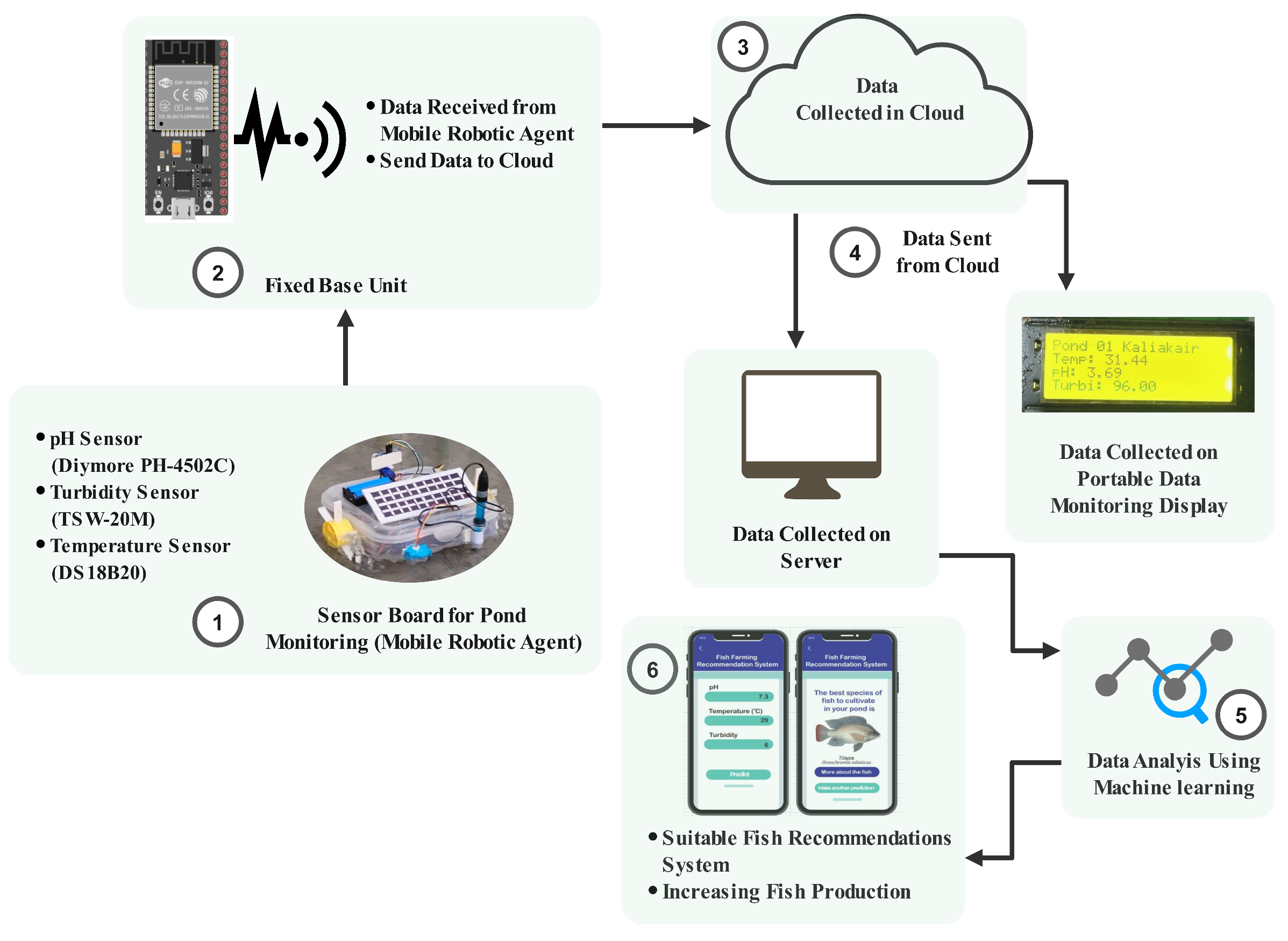
Screenshot depicting a mobile app interface for monitoring water quality in an IoT-based fish pond (Source: MDPI).
Preventing Pond Ecosystem Imbalances Through Continuous Monitoring
Continuous water monitoring is essential for maintaining ecological balance in swim ponds. Implementing smart sensor networks enhances the ability to detect and respond to anomalies in water quality. These networks consist of sensors that provide real-time data on various quality metrics.
Automated cleaning mechanisms incorporated into many sensors contribute to monitoring effectiveness. Features such as self-cleaning components help mitigate issues like biofouling, which can compromise sensor accuracy.
Through continuous monitoring, pond owners can gain valuable insights into their aquatic environments, allowing for preventative measures to be initiated before conditions worsen. For instance, timely alerts regarding unusual spikes in pH or chlorine levels can prompt immediate corrective actions, thereby protecting the ecosystem from adverse effects.
Success stories highlight the power of continuous monitoring. When discrepancies are detected early, prompt interventions often lead to improved water quality, supporting healthy aquatic life and enjoyable swimming experiences.
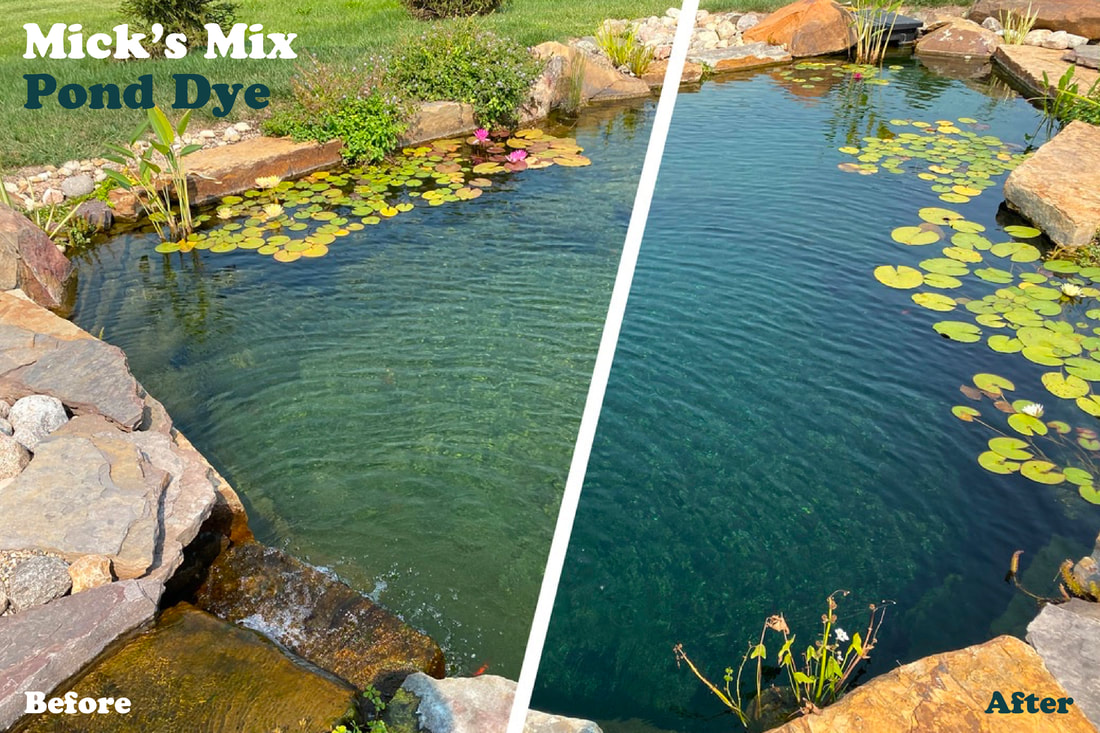
Before-and-after images showing the effectiveness of stormwater pond plantings improving ecosystem balance (Source: Total Habitat).
Maximizing Your Investment in Smart Pond Technology
Investing in smart water quality monitoring technologies can yield significant long-term benefits for swim pond owners. The cost-effectiveness of various sensor technologies is supported by evidence showing that some systems can be acquired for under €90 (approximately $98), making them accessible for a wide range of owners.
Furthermore, smart sensor networks provide a clear return on investment (ROI) by enhancing water quality management practices. Studies suggest that IoT-enabled systems can significantly lower operational costs, especially when equipped with renewable energy sources like solar power. Their low maintenance requirements also minimize ongoing expenses, allowing for continuous monitoring without heavy financial burdens.
Comparative analyses indicate that initial investments in advanced monitoring systems can lead to notable savings in water treatment costs, as precise monitoring reduces chemical overuse. Efficient systems equipped with IoT capabilities further enhance resource efficiency, safeguarding swim pond water quality.
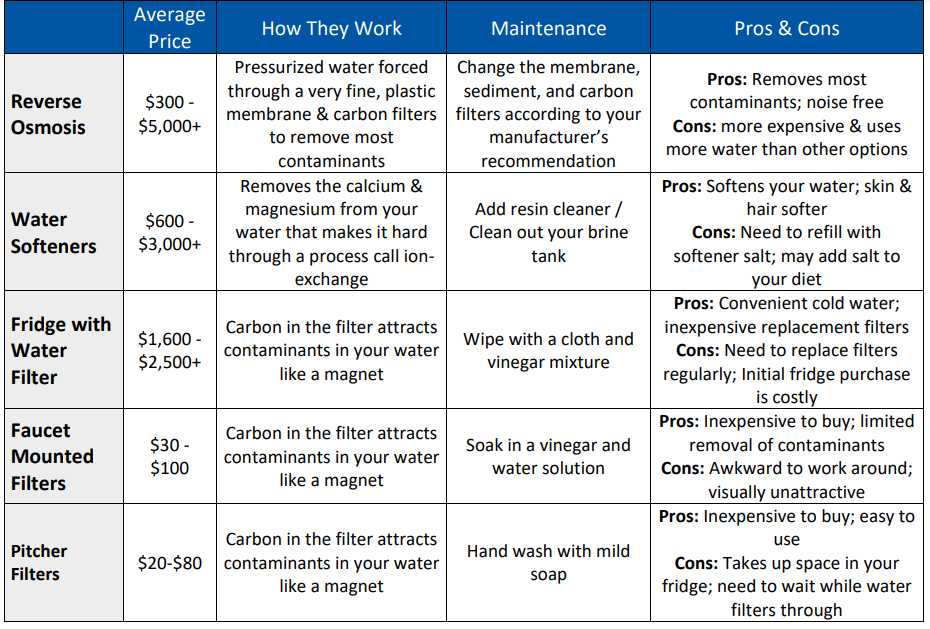
Detailed cost comparison chart showing various sensor technologies used in swim ponds and their associated costs (Source: Squarespace).
Understanding Regulatory Standards for Swim Pond Water Quality
Pond owners must stay informed about the regulatory landscape concerning swim pond water quality. Although there are currently no comprehensive federal regulations specifically governing swim ponds in the United States, state and local regulations are beginning to take shape. For instance, the Model Aquatic Health Code (MAHC) developed by the CDC provides voluntary guidelines for aquatic facilities, though it does not specifically address natural swim ponds.
In contrast, European regulations are more clearly defined. The European Union Bathing Water Directive sets rigorous water quality standards applicable to natural bathing waters, which can also be relevant for swim ponds. These standards include maximum allowable limits for contaminants such as Escherichia coli and enterococci, promoting public health and safety.
Understanding these regulatory frameworks is crucial for pond owners to ensure compliance and maintain safe swimming conditions. Staying up to date with regulations and adhering to established standards can help mitigate potential liabilities while fostering a safe environment for users.

Map showing the varying swim pond water quality regulations across different regions as of 2023 (Source: NPR).
Integrating Smart Devices: A Step-by-Step Guide
To effectively integrate smart devices into swim pond management, owners should start by selecting technologies that meet their specific needs. Various devices are available that cater to different aspects of pond management, from water quality monitoring to automated filtration systems.
Setting up a smart sensor network begins with strategically placing sensors around the pond to ensure comprehensive coverage and real-time data collection. After installation, the next step involves connecting these devices to mobile applications that enable seamless monitoring and control.
Understanding how to maximize synergies between monitoring systems and other pond management tools is essential. Many mobile applications allow users to directly control filtration systems from their devices, facilitating optimal management practices based on current water quality data.
By following these steps, pond owners can enhance their monitoring practices, ensuring efficient management that contributes to a healthier ecosystem.
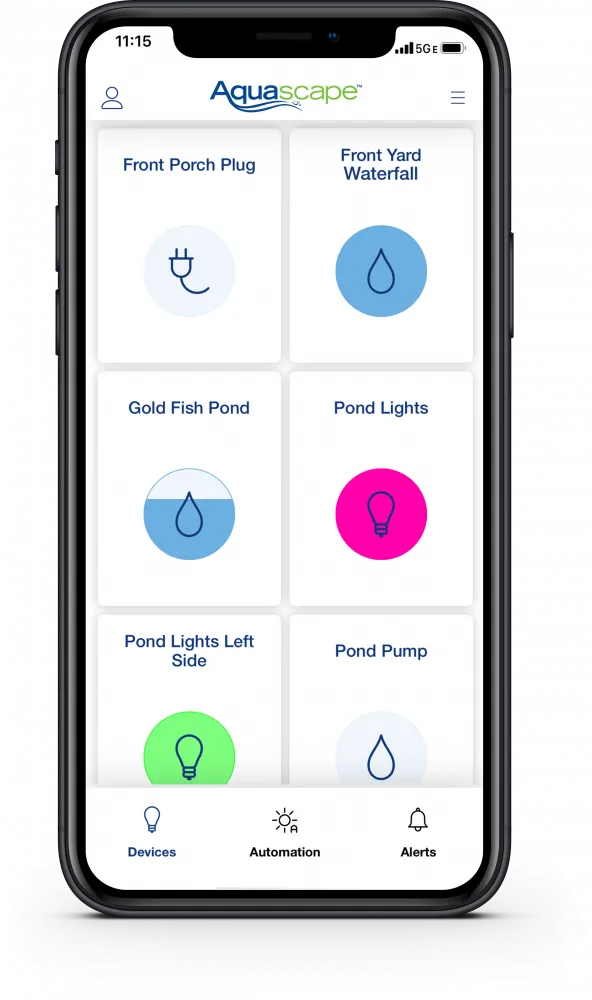
Image showing a smart control app interface for pond management (Source: Aquascape).
Sustainable Practices for Eco-Friendly Pond Management
Sustainability is becoming increasingly important in pond management, and innovative sensor technologies play a key role in promoting eco-friendly practices. Deploying energy-efficient monitoring sensors can lower overall energy consumption compared to traditional methods, thereby reducing environmental impact.
Moreover, precise monitoring enables a significant reduction in chemical usage. By accurately assessing water conditions, pond owners can adjust treatments in real time, preventing issues associated with over-application of chemicals that could harm local ecosystems.
These innovative technologies also support water conservation efforts. Smart sensor networks can detect leaks and optimize water usage, helping to prevent wastage while maintaining healthy pond conditions.
Integrating sustainable practices into pond management not only fosters environmental stewardship but also enhances the efficiency of the systems involved, making swim ponds more viable in a resource-constrained future.
Infographic highlighting the ecological and sustainable benefits of adopting good pond management practices (Source: GreenPal).
Conclusion
Innovative sensor technology is essential for maintaining the health and ecological balance of swim ponds. By utilizing advanced sensors and IoT systems, pond owners can monitor key water parameters and respond effectively to potential issues. The integration of such technologies enhances management practices and encourages sustainable practices in aquatic environments.
As awareness of environmental preservation continues to grow, the adoption of these technologies will become increasingly important for ensuring safe and enjoyable swim experiences. The combination of real-time monitoring, automated systems, and proactive management will play a vital role in supporting the delicate ecosystems present in swim ponds.
In summary, embracing novel technologies and understanding water quality management will lead to healthier swim ponds that provide long-term enjoyment and ecological benefits for all.

